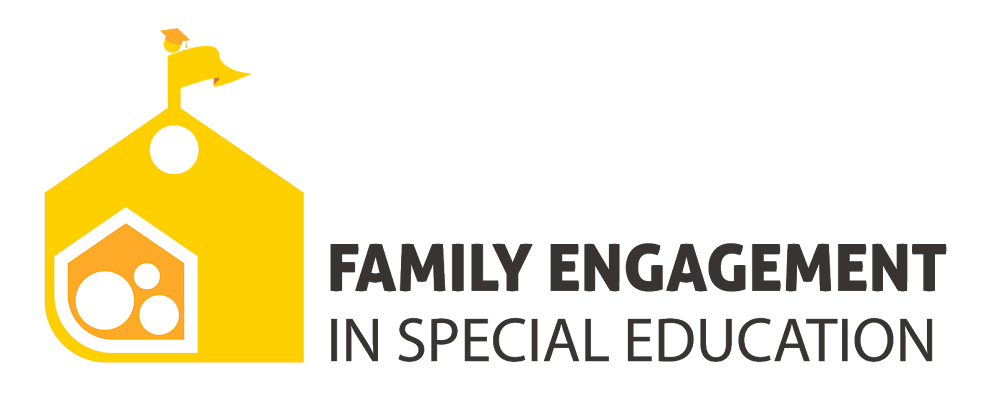 |
| Graphic by: https://www.tndisability.org/ |
Many districts are trending toward including children with disabilities in the general education classrooms as much as possible, and this is a wonderful plan for everyone involved. Including students in the Least Restrictive Environments is indeed required by law. Typical children and teachers actually benefit from this scenario as well. Here's why:
1. Inclusion teaches everyone about diversity. A classroom that's rich in diverse cultures, religions, and languages can help all students learn about these differences from an early age and embrace them. The same goes for classrooms with different abilities and neurodiversity. Students (and teachers!) learn from one another, and including a mix of students in a classroom will help everyone grow together, learn from one another, and embrace the differences that make each of them unique and special.
2. Students' attitudes and perceptions will change for the better. Many classrooms find that the typical children in an inclusion classroom will develop a greater sense of empathy and selflessness when they share a classroom with a child with disabilities.
3. Students with disabilities reach more of their goals. The teachers in the general education classroom will typically have high expectations for all of their students, so with the right supports in place, a student with disabilities will strive to meet those higher expectations. They'll also have more opportunities to learn social skills from the modeled behavior of the others students in their class.
4. Teachers will learn more about how to teach differently. Whether a child has a disability or not, they can all learn in different ways. Including a diverse mix of abilities in a classroom helps the teacher refine their skills on teaching to a wide variety of learning styles. This benefits all children in the classroom.
It's particularly important to start thinking about your child's learning environment early on. The Individuals with Disabilities Education Act (IDEA) states that students should be placed in the least restrictive environment, even if supports are required to help the student succeed. It is best practice to start in a general education classroom and scale back on the placement if the student needs that, rather than beginning in a secluded special education environment and working toward a general education placement.
The IEP Team, which the parent is an equal part of, will make the placement decision that is best for the student. Your child’s general education teacher should always be a part of the IEP Team so that their regular classroom placement can be planned for success. Stay in touch with your child’s teachers so you know what is happening day to day. You can check out some ideas on home-school communication tools HERE.







